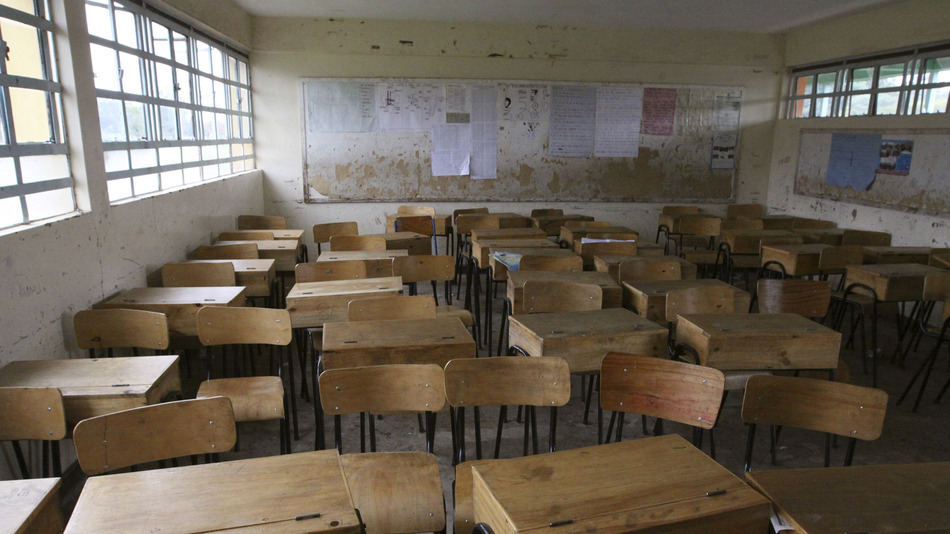Despite progress toward the international community’s goal of universal primary education by 2015, millions of children are still without schools around the world, according to a recent report.
Fixing the Broken Promise of Education for All, released last month by UNICEF and the UNESCO Institute for Statistics, found that 58 million children between the ages of 6 and 11 still lack access to education, while 63 million lower secondary school-age adolescents are also out of school.
Sub-Saharan Africa and South Asia have the highest numbers of out-of-school children. As of 2012, 32.7 million primary school-age children and 22 million lower secondary school-age adolescents lack access to education in sub-Saharan Africa. In South Asia, 9.9 million primary school-age children and 26.3 adolescents remain out of school.
The report also found that nearly one-third of out-of-school children of lower secondary school age live in conflict-affected countries. Only 65% of children in conflict-affected nations reach the final grade of primary school, in contrast to 86% across other developing countries.
UNICEF and UNESCO urge the global community to adopt policies that aim to break five key barriers: conflict, gender discrimination, child labor, language challenges and barriers linked to disabilities.
The following chart, created by statistics portal Statista, shows how the numbers of the world’s out-of-school children have improved since 2000, and how far we have to go.


